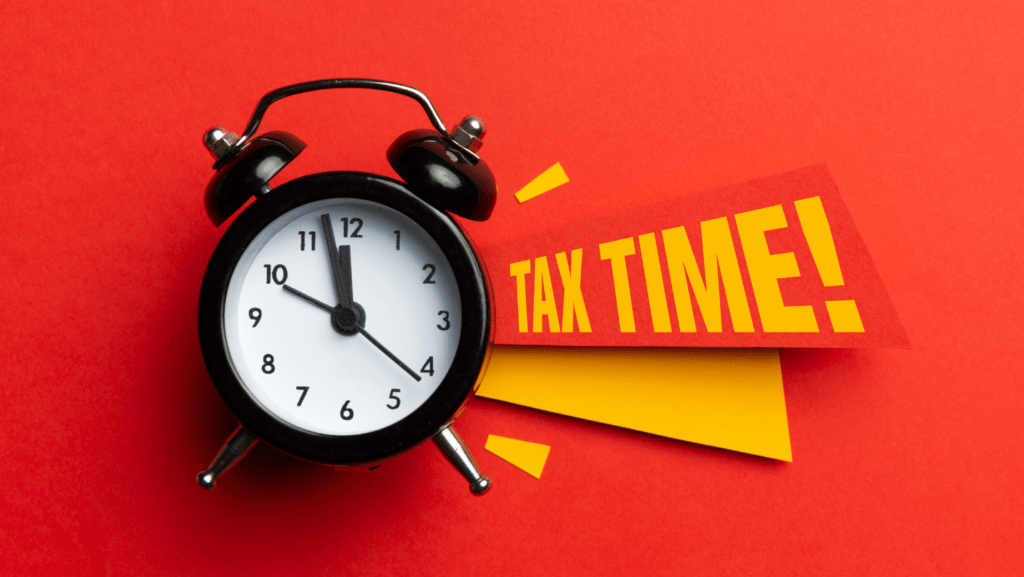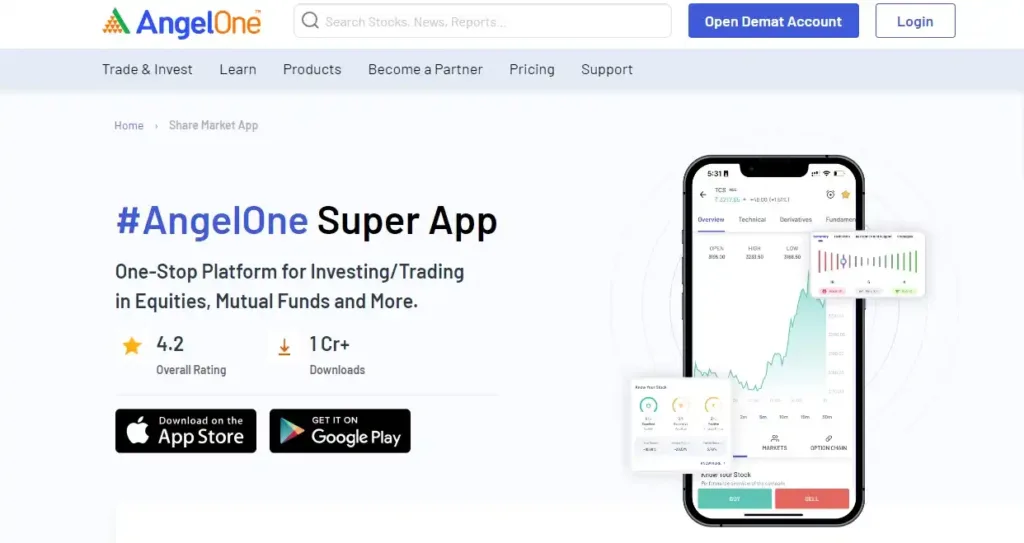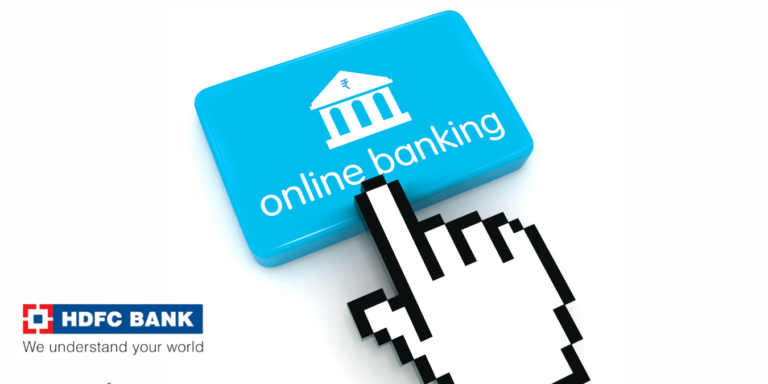
Best 3-Month FD Rates for November 2025 – What Indian Investors Are Missing
FD returns hidden from most investors in November 2025! Discover how RBI’s latest policies and small finance banks are reshaping short-term fixed deposits. Don’t miss expert tips to boost your savings now before upcoming regulatory shifts transform India’s FD landscape in 2026. Learn more inside!
Why Are Most Indians Overlooking Hidden FD Rate Opportunities This November?
Are you settling for FD returns under 4% for 3-month deposits? What if you could legally earn closer to 6% on short-term fixed deposits — without taking excessive risks? While most banks quietly trimmed FD rates in 2025 due to RBI monetary shifts, some smart savers are capitalizing on overlooked pockets of higher yields.
This November 2025, the story behind India’s 3-month FD rates is more nuanced and promising than it appears. Keep reading to uncover surprising details that could boost your savings and financial security amid evolving market dynamics.
Comparison of Best 3-Month FD Rates in India
Here is a detailed comparison table of the best 3-month fixed deposit (FD) rates in India for November 2025, including rates for general customers and senior citizens from top public sector, private sector, and small finance banks:
| Bank/Institution | Type | 3-Month FD Rate (General) | 3-Month FD Rate (Senior Citizens) | Minimum Deposit (₹) |
| State Bank of India (SBI) | Public Sector Bank | 3.05% | 3.75% | 1,000 |
| Indian Bank | Public Sector Bank | 3.50% | 4.00% | 1,000 |
| Bank of Baroda | Public Sector Bank | 3.50% | 4.00% | 1,000 |
| Canara Bank | Public Sector Bank | 3.25% | 3.75% | 1,000 |
| HDFC Bank | Private Sector Bank | 4.25% | 4.75% | 5,000 |
| ICICI Bank | Private Sector Bank | 4.25% | 4.75% | 5,000 |
| Axis Bank | Private Sector Bank | 4.50% | 5.00% | 5,000 |
| Kotak Mahindra Bank | Private Sector Bank | 4.50% | 5.00% | 5,000 |
| Yes Bank | Private Sector Bank | 4.75% | 5.25% | 5,000 |
| RBL Bank | Private Sector Bank | 5.00% | 5.50% | 5,000 |
| ESAF Small Finance Bank | Small Finance Bank | 7.60% | 7.60% | 10,000 |
| Ujjivan Small Finance Bank | Small Finance Bank | 7.45% | 7.45% | 10,000 |
| Equitas Small Finance Bank | Small Finance Bank | 6.75% | 6.75% | 10,000 |
| Suryoday Small Finance Bank | Small Finance Bank | 6.75% | 7.10% | 10,000 |
| Bajaj Finance Ltd. | NBFC | 6.41% | 7.30% | 25,000 |
| Shivalik Small Finance Bank | Small Finance Bank | 6.00% | 6.50% | 10,000 |
Notes:
- Small finance banks and NBFCs typically offer the highest interest rates but often require a higher minimum deposit.
- Senior citizens are eligible for an additional interest rate benefit ranging from 0.5% to 1% over general rates.
- Public sector banks tend to have lower rates but greater perceived safety.
- Private banks fall in the mid-range for rates and deposit requirements.
The RBI Repo Rate Pause and Its Impact on FD Rates
In October 2025, the Reserve Bank of India decided to pause its repo rate after several consecutive adjustments. This monetary policy stance crucially affects FD rates:
- When RBI raises repo rates, banks increase lending and deposit rates.
- When RBI cuts repo rates, banks tend to lower FD rates to preserve margins.
- The recent pause signals a near-term stabilization in FD rates, providing a breather for FD investors who feared further rate cuts.
This pause means that the current interest rates for 3-month FDs may hold steady through the year-end, giving investors a stable ground to plan short-term fixed income investments.
Little-Known Facts That Can Maximize Your 3-Month FD Returns
- Senior Citizens Get Up to 0.75% Extra: Apart from statutory benefits, senior citizens can find FDs offering 0.5% to 0.75% additional interest almost across all banks.
- Small Finance Banks Typically Offer Highest Rates: Unlike big banks, many small finance banks are aggressively offering 6% or higher even for 3-month deposits – perfect for risk-tolerant short-term savers.
- Flexi Fixed Deposits: Certain banks now offer "Flexi FD"—fixed deposits with the option of partial withdrawals or premature closure without losing entire interest, blending liquidity with better yields.
- Laddering Strategy for Interest Maximization: Parking fixed deposits in staggered 3-month increments or overlapping multiple short-term FDs can optimize liquidity and compound interest benefits.
Why Indian Investors Should Care Now
- Rising Inflation Concern: 2025 inflation levels remain noticeable. Locking in an FD at low rates may erode real returns. Seeking out higher-yield 3-month FDs is simple protection.
- Liquidity vs Returns: With economic uncertainty, short 3-month horizon FDs combine better liquidity compared to longer tenures and still beat regular savings rates significantly.
- Upcoming Regulatory Changes: From December 2025, RBI’s new FD norms on premature withdrawals and bank notifications will affect investor rights. Aligning your FD strategy before this regulatory clarity comes into effect is urgent.
Expert Tips to Choose the Best 3-Month FD This November
- Compare interest rates for both general and senior citizen categories.
- Verify the bank’s credit rating and reputation to ensure safety.
- Assess premature withdrawal penalties, especially if your liquidity needs may change.
- Consider tax implications—interest from FDs is taxable at your slab rate.
- Use online FD calculators and apps for quick comparisons and easy booking.
Actionable Takeaways
- Don’t settle for 3-4% rates blindly; check small finance banks or NBFC rates frequently.
- Senior citizens must always ask for special FD rates to maximize benefits.
- Consider flexi FDs or short FD ladders to balance liquidity and yield.
- Act now before December 2025 RBI rule changes alter the FD landscape.
- Keep an eye on RBI’s next monetary policy—any changes could alter FD rates again.
What’s Next? The Future of Fixed Deposits in India
The future of fixed deposits in India is set for significant transformation starting December 2025, with RBI enforcing stricter regulatory norms. These include enhanced transparency via mandatory nomination acknowledgments and clearer maturity notifications shortened to just 14 days, replacing the previous 60-day period. Investors will benefit from increased flexibility in premature withdrawals, especially in emergencies like medical needs or natural calamities, allowing partial interest-free withdrawals of up to 50% of principal within the first three months. Banks and NBFCs must adopt these changes for all new and renewing FDs, promising improved depositor convenience and product innovation blending liquidity, flexibility, and tax efficiency. Rate adjustments may reflect RBI’s ongoing balance between inflation control and growth support. Investors should monitor these changes closely to optimize fixed income strategies in 2026 and beyond.































